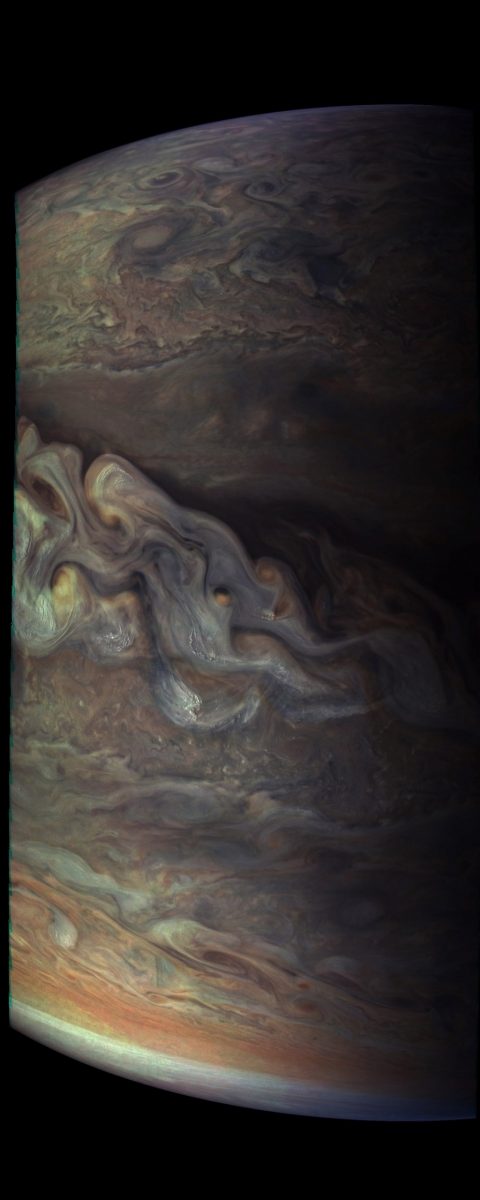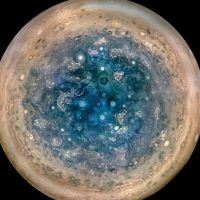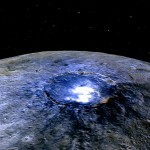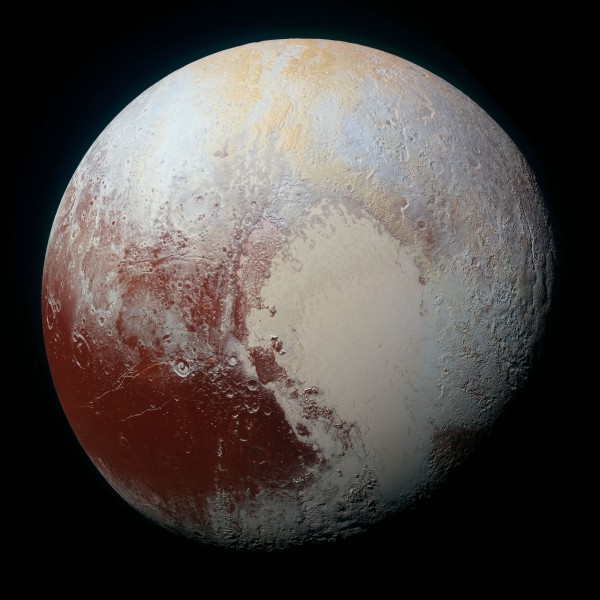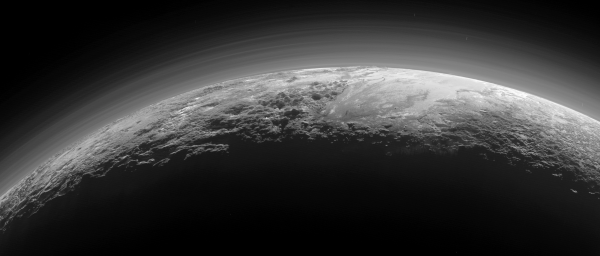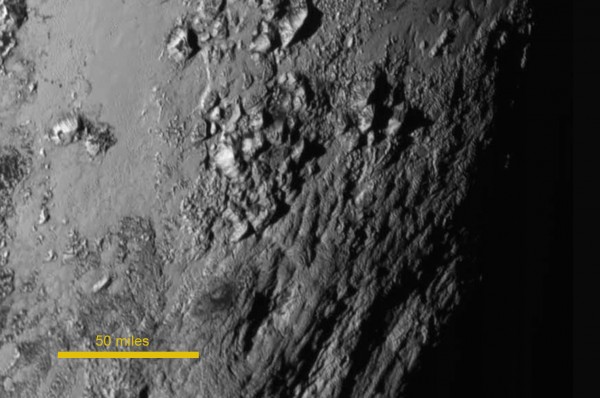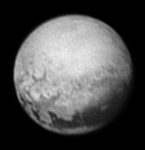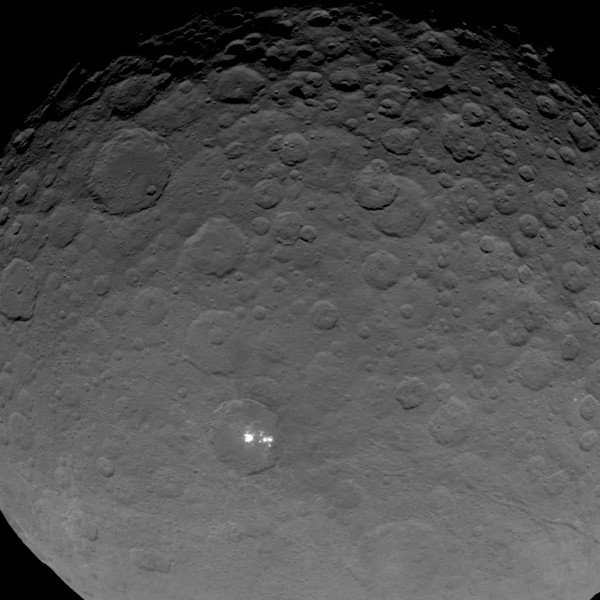Take a series of photos from the Juno spacecraft and just project them in sequence to make a timelapse movie of the spacecraft swinging past Jupiter. Sounds easy… Right?
Not easy at all. As the spacecraft orbited past the planet the perspective changes rapidly. To make a natural seeming animation much more would have to be done. Mathematician Gerald Eichstaedt did just that… Taking 36 images he projected each image on a mathematically modeled sphere, then panned through each image using the orbital trajectory of the spacecraft to create a view to simulate actually being there.
Further work by filmmaker Seán Doran smoothed the resulting video into an even more natural view. This created the video posted below. You can see the original video at https://www.youtube.com/watch?v=AuOy-shbQuM&feature=youtu.be
The result is simply stunning, take look at what it would have been like to be there as Juno swung past the planet just a few thousand miles above the cloudtops.
Jupiter: Juno Perijove 06 from Sean Doran on Vimeo.

